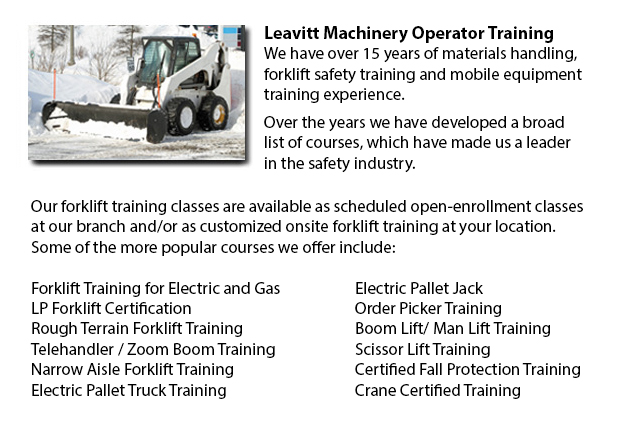
Skid Steer Ticket Regina - The lift arms on the skid-steer loader are situated at the side of the driver along with pivots at the rear of the driver's shoulders. These features makes the skid-steer loader different than the traditional front loader. Because of the operator's closeness to moving booms, early skid loaders were not as safe as traditional front loaders, particularly during the operator's entry and exit. Today's' modern skid-steer loaders have many features to protect the driver like for instance fully-enclosed cabs. Similar to other front loaders, the skid-steer model could push materials from one place to another, could load material into a trailer or a truck and can carry material in its bucket.
Operation
There are various times where the skid-steer loader can be used instead of a big excavator on the job location for digging holes from the inside. To begin, the loader digs a ramp to be used to excavate the material out of the hole. As the excavation deepens, the machine reshapes the ramp making it steeper and longer. This is a remarkably useful way for digging underneath a building where there is not adequate overhead clearance for the boom of a large excavator. Like for example, this is a common situation when digging a basement below an existing house or structure.
The skid-steer loader accessories add much flexibility to the equipment. Like for instance, conventional buckets on the loaders can be replaced attachments powered by their hydraulics consisting of backhoes, tree spades, sweepers, mowers, snow blades, cement mixers and pallet forks. Some other popular specialized buckets and attachments consist of wheel saws, snow blades, trenchers, angle booms, dumping hopper, wood chipper machines, grapples, tillers and stump grinders rippers.
History
During nineteen fifty seven, the first front-end, 3-wheeled loader was invented in Rothsay, Minnesota by brothers Louis and Cyril Keller. The brothers invented the loader to be able to help a farmer mechanize the method of cleaning turkey manure from his barn. This equipment was compact and light and included a back caster wheel which enabled it to maneuver and turn around within its own length, allowing it to perform similar work as a conventional front-end loader.
The Melroe brothers of Melroe Manufacturing Company in Gwinner, N.D. bought during the year 1958, the rights to the Keller loader. The business then hired the Keller brothers to assist with development of the loader. The M-200 Melroe was actually the end result of this partnership. This particular model was a self-propelled loader that was introduced to the market in 1958. The M-200 Melroe featured a two independent front drive wheels, a rear caster wheel, a 12.9 HP engine and a 750 lb lift capacity. By 1960, they changed the caster wheel along with a rear axle and launched the first 4 wheel skid steer loader which was known as the M-400.
The M-400 immediately became the Melroe Bobcat. Normally the term "Bobcat" is used as a generic term for skid-steer loaders. The M-440 was powered by a 15.5 HP engine and had 1100 lb rated operating capacity. The company continued the skid-steer development into the mid 1960s and introduced the M600 loader.
-
Forklift Training Classes Regina
Forklift Training Classes Regina - Forklifts are a kind of heavy lifting equipment used in order to move and handle material efficiently and safely. Sometimes called Lift Trucks, they are made use of in different industries. Employees working with an... More -
Crane Certification Regina
Crane Certification Regina - The Crane Certification Program covers the industry suggested content which would teach the safe and efficient operation of cranes. The person will train in the following: pre-operational, operational and post operating r... More -
Telehandler Training Courses Regina
Telehandler Training Courses Regina - Employers are responsible for making sure that their operating personnel and supervisors are trained to work proficiently utilizing telehandler machines. The competence level of employees need to be assessed. If... More -
Operator Safety Training, Re-Qualification Training, In-House Instructor Training in Regina
Lift trucks are utilized in just about all industrial construction sites and in warehouse operations and in boat yards. The reach feature of a lift truck is a very important component utilized in a variety of applications like for instance when a she... More -
Heavy Equipment Operator Training Regina
Heavy Equipment Operator Training Regina - Training facilities that offer good standards in the business and not only provide field performing tasks but additional equipment training are highly sought after. Accredited schools offer students the know... More -
Wheel Loader Operator Training Regina
Wheel Loader Operator Training Regina - Cranes are industrial machines which make use of pulleys or levers so as to lift considerable loads. The Roman people utilized cranes in order to put up big monuments, that means these machines have been existi... More -
Crane Safety Training Regina
Crane Safety Training Regina - Both crane driver as well as their supervisors need to know all the possible problems connected to the operation of an overhead crane. All over North America, there is legislation that provides regulation for the safe o... More -
Scissor Lift Safety Training Regina
Scissor Lift Safety Training Regina - A Scissor Lift is a functional kind of platform that normally moves in a vertical direction. The machinery is capable of this movement due to the use of folding supports that are linked in a criss-cross pattern c... More

Forklift Training Regina
TOLL FREE: 1-888-254-6157
Regina, Saskatchewan
forklifttrainingregina.com
Email Us
About Us



